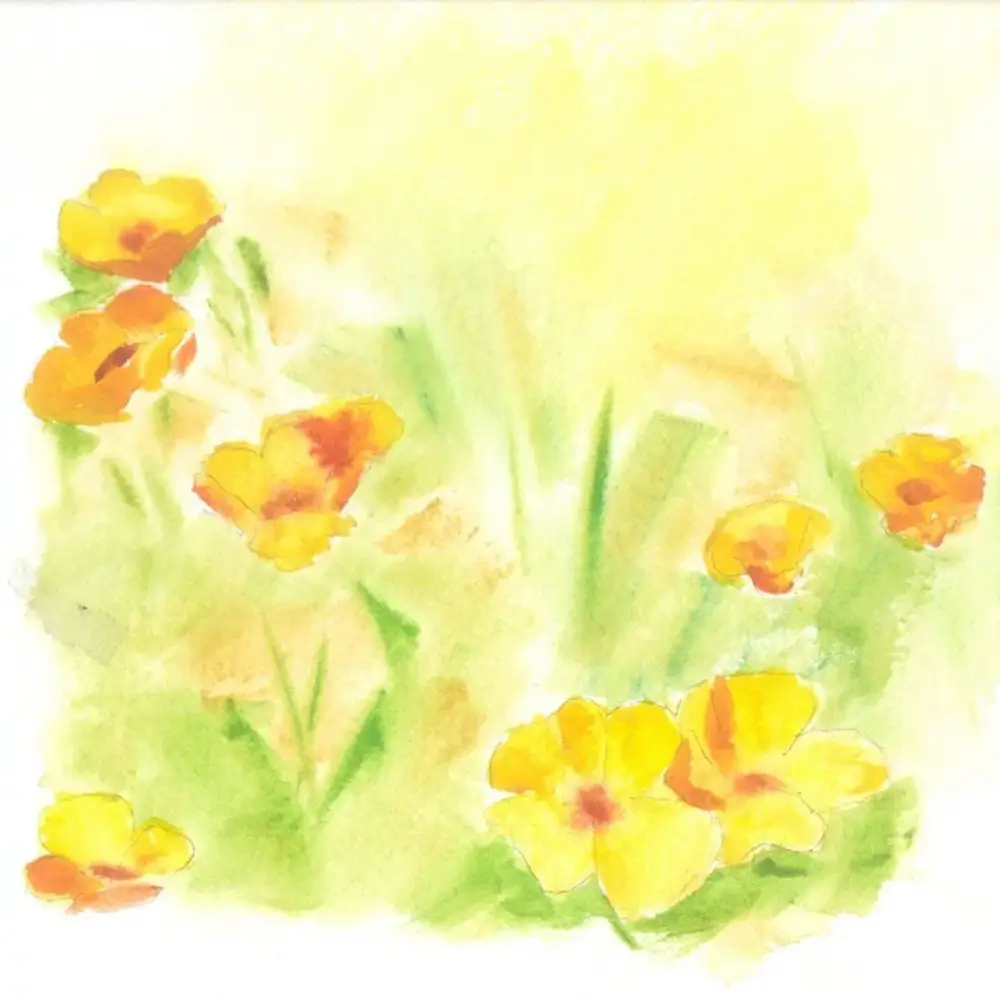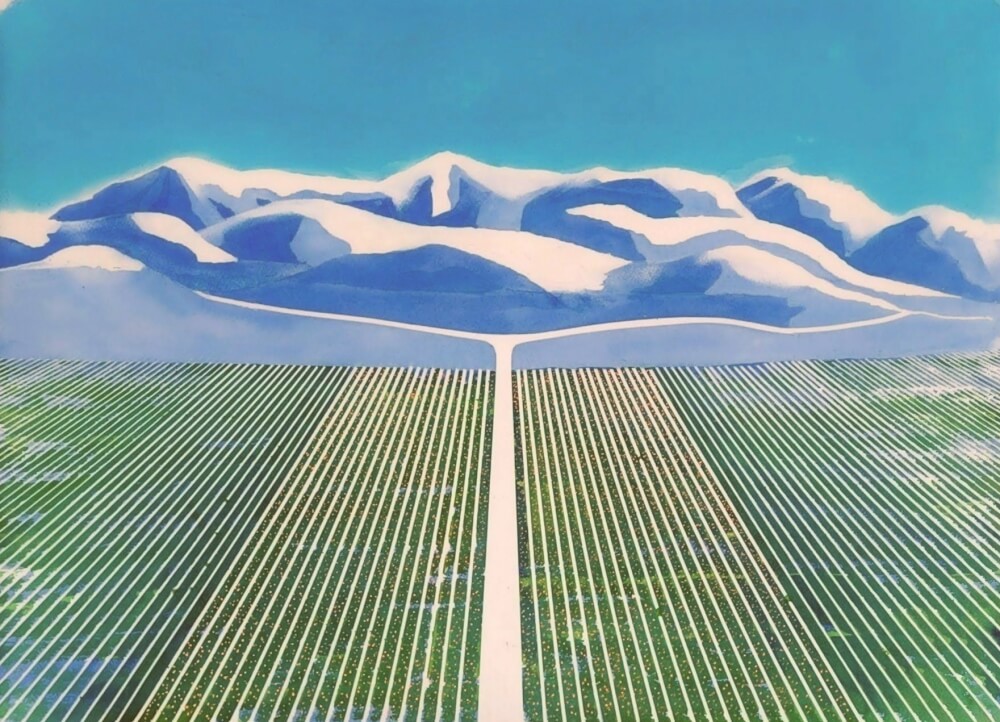
The power of water is amazing. Anyone who has seen a flood or a hydroelectric dam can attest to the strength of water combined with gravity. The same is true in painting. One of the most fascinating ways to create a painting is to let the water move the pigment. By gently inclining the paper, you can control the direction of water movement, and with it the sediment that colors your canvas in a natural way.
When a river flows it can convey large amounts of dirt picked up from erosion of the shoreline. That sediment is transported downstream and then dropped out when the river velocity slows with the flattening gradient.
I’ve created floods on a canvas by building a dam around the perimeter of Arches Aquaboard which is a 1/4″ thick Masonite board treated with a watercolor paper like surface. The texture of the board aids the capture of pigment. Watercolor paint poured onto the canvas in different areas will mix with the gentle force of flat water as you tip the board in different directions. This is a studio technique to build a background on which you can paint foreground details after the paint dries.
I’ve taken this technique out to the field and used a flat easel to pour paint that blends into the picture. The grotto stairs below was done this way with a flat Aquaboard using blue and yellow pouring for the sky and trees in the distance behind the stairway. An initial sketch blocked out the areas which needed pouring. The transparent quality of the background made the painting and the stairs were overlayed in the foreground.
Grotto Stairs

Discover more from Watercolor Wildflowers Resin Artist
Subscribe to get the latest posts sent to your email.


You must be logged in to post a comment.